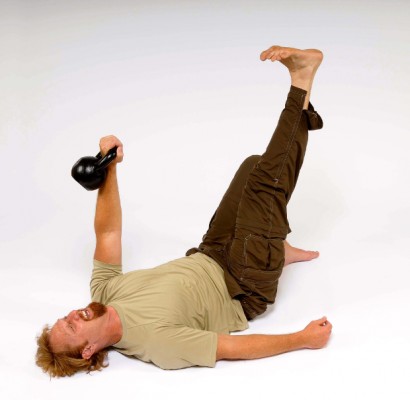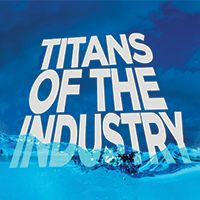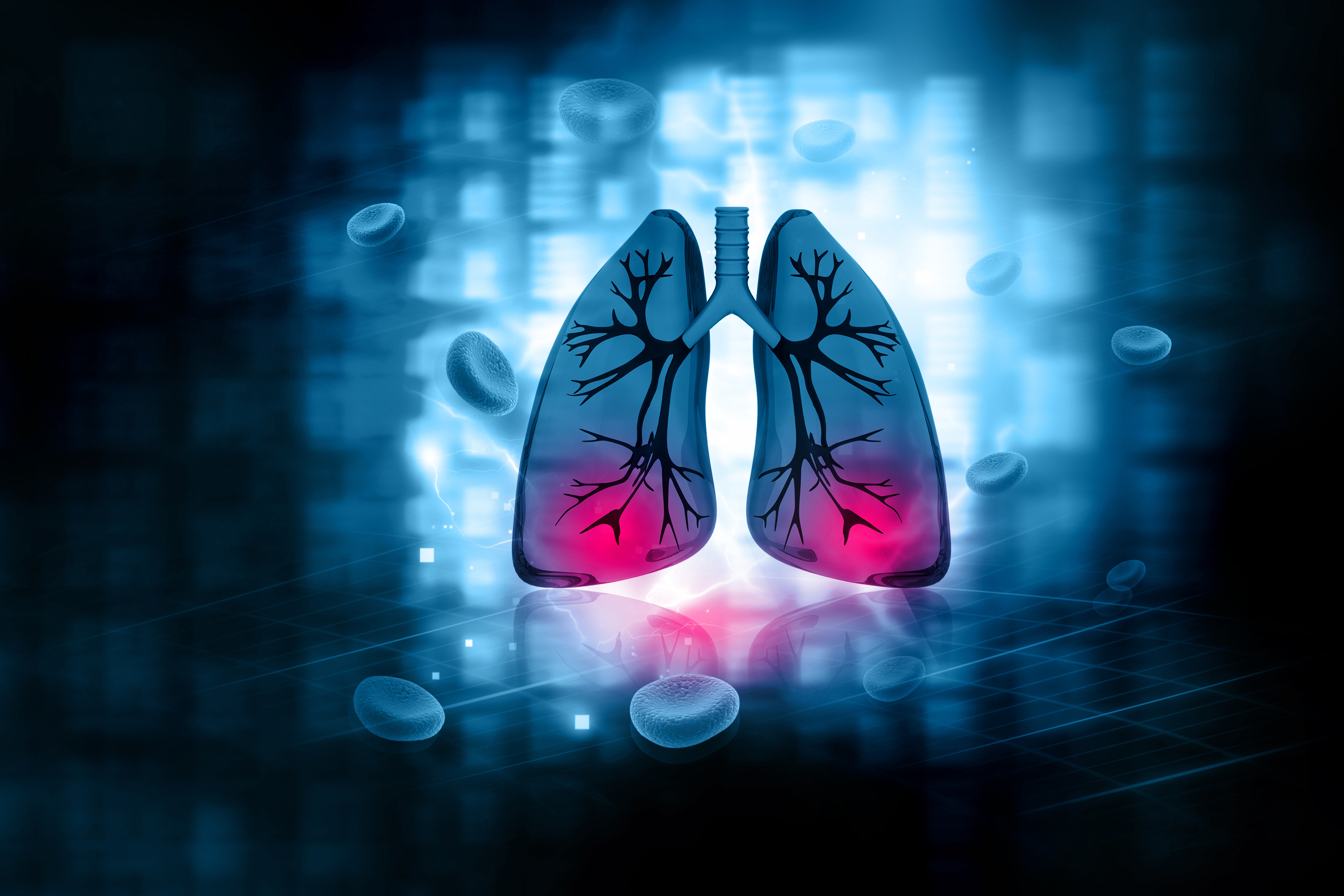How Your Breathing Relates to Your Movement
Written by Brett Jones Breathing
We all do it roughly 14,000 – 20,000 times a day. Breathe.
While we can go 30 days without food and several days without water, we can only go minutes without air. To say that breathing is critically important at the most essential level is not an exaggeration at all. But what does that have to do with movement?
I’ll get there in a moment.
For centuries disciplines like Martial arts, Pranayama and others have focused on breath as a key component of health and performance. In modern time, we have gone from ignoring the breath to giving it almost mystical properties. Let’s try to cut through some clutter and get a bit of clarity.
We can focus on three areas of breathing:
-
Biomechanical
-
Biochemical
-
Psychophysiological
First let’s be clear on breathing vs. respiration.
Breathing is the physical act of moving air in and out of the lungs while respiration has two areas: Physiological (transfer of gas in the lungs) and Cellular (energy production in the cells/mitochondria). For our purposes, the mechanical actions of breathing will be discussed while looking at the biomechanical and the physiological actions of gas exchange.
If you perform a quick Google search you'll realize that these terms are sometimes “interchanged” and even used in the definition of the other. It can be confusing, so here are a few simple YouTube videos to catch us up on different aspects of breathing, if necessary:
A look at the normal respiratory cycle.
An animation of ventilation and respiration.
A 3 minute TED Talk describing breathing.
I would also recommend a peak at any good Exercise Physiology textbook or something like:
Strength and Conditioning: Biological Principles and Practical Applications published in 2011.
Biomechanical
As you can see in the first video there is a lot going on in a breath cycle and the diaphragm is the star of the show. Other primary and accessory muscles become active for inspiration and expiration at rest and during exercise. The diaphragm is one of the coolest muscles in the body with unique attachments and anatomy. It functions as the primary muscle of breathing but also is active in maintaining posture and “core” stability as part of the inner unit (diaphragm, pelvic floor, TvA, multifidus).
In the FMS Breathing Screen manual, "Biomechanical" is described as:
a. referring to the actions of the neuromuscular respiratory pump
b. Creating changes in the intra-abdominal and intra-thoracic pressure that drive the movement of air, lymph and blood”
For years, we (FMS) have been using diaphragmatic breathing as a key concept and tool to improve movement. For years, we (FMS) have been using diaphragmatic breathing as a key concept and tool to improve movement. Routinely at workshops I will have everyone get reacquainted with diaphragmatic breathing through Crocodile Breathing and see improvements in the weak link on the screen 70% or more of the time. Similar observations are supported by research, as well. A 2014 study suggests there is a significant relationship between breathing pattern disorders and movement dysfunction identified by the FMS. So, breathing impacts movement.
From a practical standpoint, the actions of breathing in movement can be addressed in two concepts, anatomical breathing match and biomechanical breathing match.
Anatomical breathing match refers to the natural matching of the inhalation and exhalation with extension and flexion of the spine/body. Extension facilitates inhalation and flexion facilitates exhalation. As the body gets compressed (flexion) exhalation dissipates the pressure and extension assists in opening the thoracic area to assist in inhalation. In addition, anatomical breathing can be used in stretching where the exhale is used to enhance the relaxation into a stretch.
Whereas, in the biomechanical breathing match we flip those actions. Inhaling to increase the intra-abdominal pressure during flexion and exhaling to improve muscular action and stability during extension. Biomechanical breathing match is key to being able to handle loads through the body during performance. During a deadlift, kettlebell swing or a kettlebell military press the biomechanical breathing match allows us to amp up our strength and stability.
As Stu McGill noted in his discussion with Gray re: breathing during their Stanford event:
“Consider an athletic competition where your athlete has an opponent—mixed martial arts or UFC. These guys are so good. If they have their opponent in some sort of a compromised position and they want the arm down, they’ll dig the opponent’s liver to get a defensive arm down. They wait for the second for the opponent to inhale—not exhale—and then snap on a submission based on that breathing cycle… How would I teach the diaphragm to be as athletic as it possibly can, independent of stability and control?
I get them breathing heavily and drop them into a side bridge. If they entrain any of the other muscles to the breathing, they’ll fall out. All they have left is the diaphragm. I’m going to teach that diaphragm to be independent and allow them to breathe no matter what.”
Martial artists refer to this as “breathing behind the shield.” The ability to brace and breathe essentially.
Obviously when it comes to breathing and performance it is not one thing but many from a biomechanical perspective.
Biochemical
The biochemical aspect of breathing/respiration is all about gas exchange. Getting O2 in and CO2 out to maintain the O2/CO2 balance in the blood/body. This occurs in the cells as cellular respiration (using O2 as part of producing ATP and getting rid of the waste product CO2) and in the lungs as gas exchange. Chemical receptors keep an eye on blood pH and adjust breathing rate accordingly to maintain blood pH. Hyperventilation (over-breathing) actually blows off too much CO2 and causes alkalosis. Medically CO2 levels can be measured by capnography or blood tests. In the FMS Breathing Screen, breath holds are used to provide a quick screen for potential breathing issues (these can also be influenced by the other aspects of breathing.)
While we do have conscious control over this subconscious system of breathing the physiological controls of the body and brain will alter breathing to “get what they need” regardless of what we “think” we are doing.
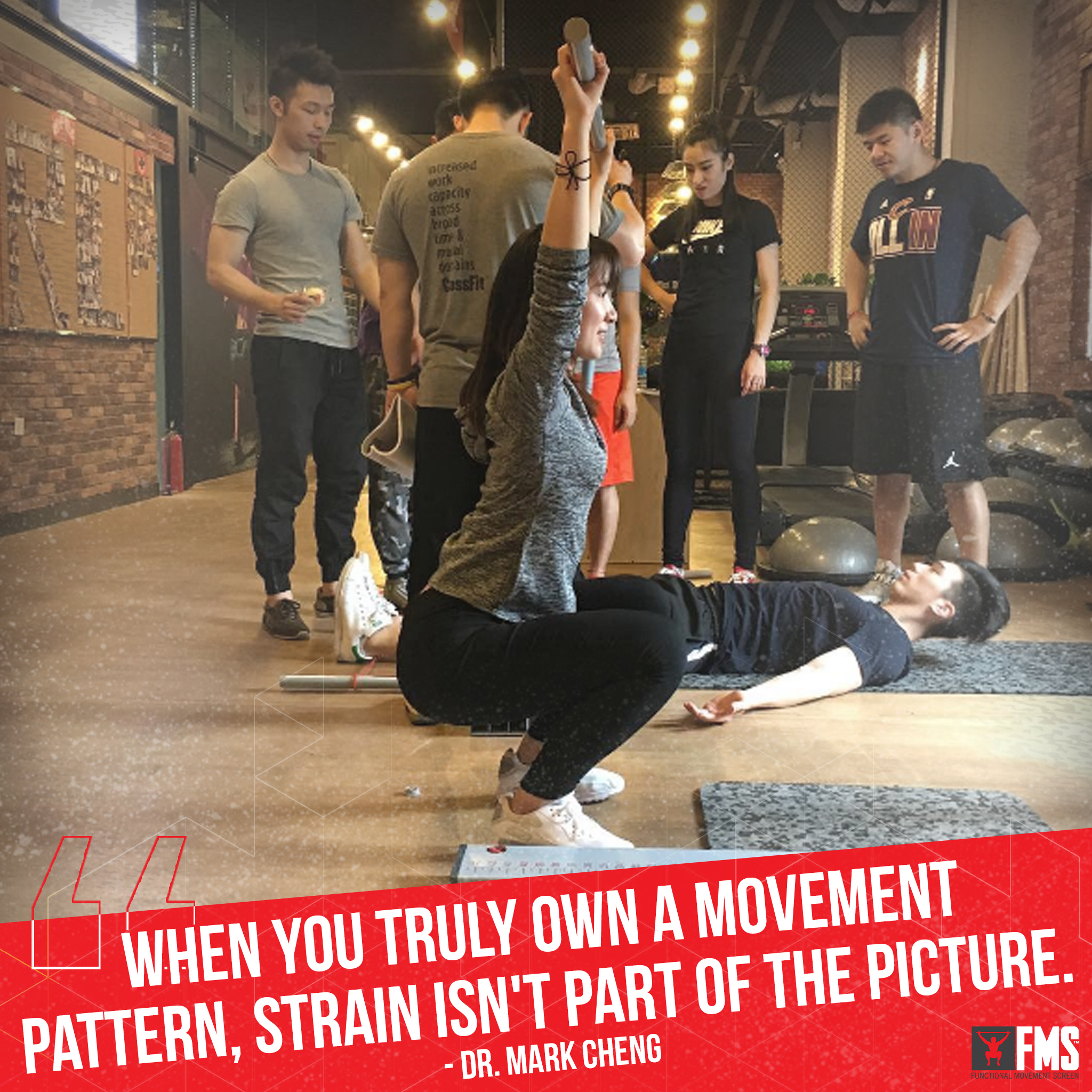
Psychophysiological
The psychophysiological impact of breathing is significant. Breathing is part of the Autonomic Nervous System (ANS). The autonomic nervous system is broken into the Sympathetic nervous system (fight of flight) and the Parasympathetic nervous system (rest and digest). While most ANS functions are beyond our control because of the blend of skeletal and smooth muscle fibers involved we can control our breathing to an extent.
In their article titled "Breathwork in body psychotherapy" published in 2011, authors Christine Caldwell and Himmat Victoria provide a variety of information about the impact of breathing on psychological factors, touching on the work of Chaitow and others stating:
“It is clear that the physiology and psychology of breathing are inextricably intertwined when Chaitow, Bradley, and Gilbert (2002) also state that: Feeling anxious produces a distinctive pattern of upper-chest breathing, which modifies blood chemistry, leading to a chain reaction of effects, inducing anxiety, and so reinforcing the pattern which produced the dysfunctional pattern of breathing in the first place (p. 2).”
Through the use of a research validated questionnaire the FMS Breathing Screen provides an efficient means of screening for psychophysiological aspects of breathing.
Putting It All Together
While breathing may influence or improve movement, moving poorly does not mean that you have “dysfunctional” breathing. And just because you have dysfunctional breathing does not mean you are going to have poor movement, although this correlation is quite strong.
The FMS Breathing Screen for the Fitness Professional is 2 Breath Holds and a questionnaire but for the Healthcare Professional it includes hands on clinical assessment and evaluation.
This easily performed screen allows us to separate those that have dysfunctional breathing from those that simply need to enhance their breathing to improve movement.
Since the only place Fitness comes before Health is in the dictionary, breathing must take an important role in our Health and Fitness practices. Screening movement and breathing allows us to properly allocate resources and attention in the right direction.
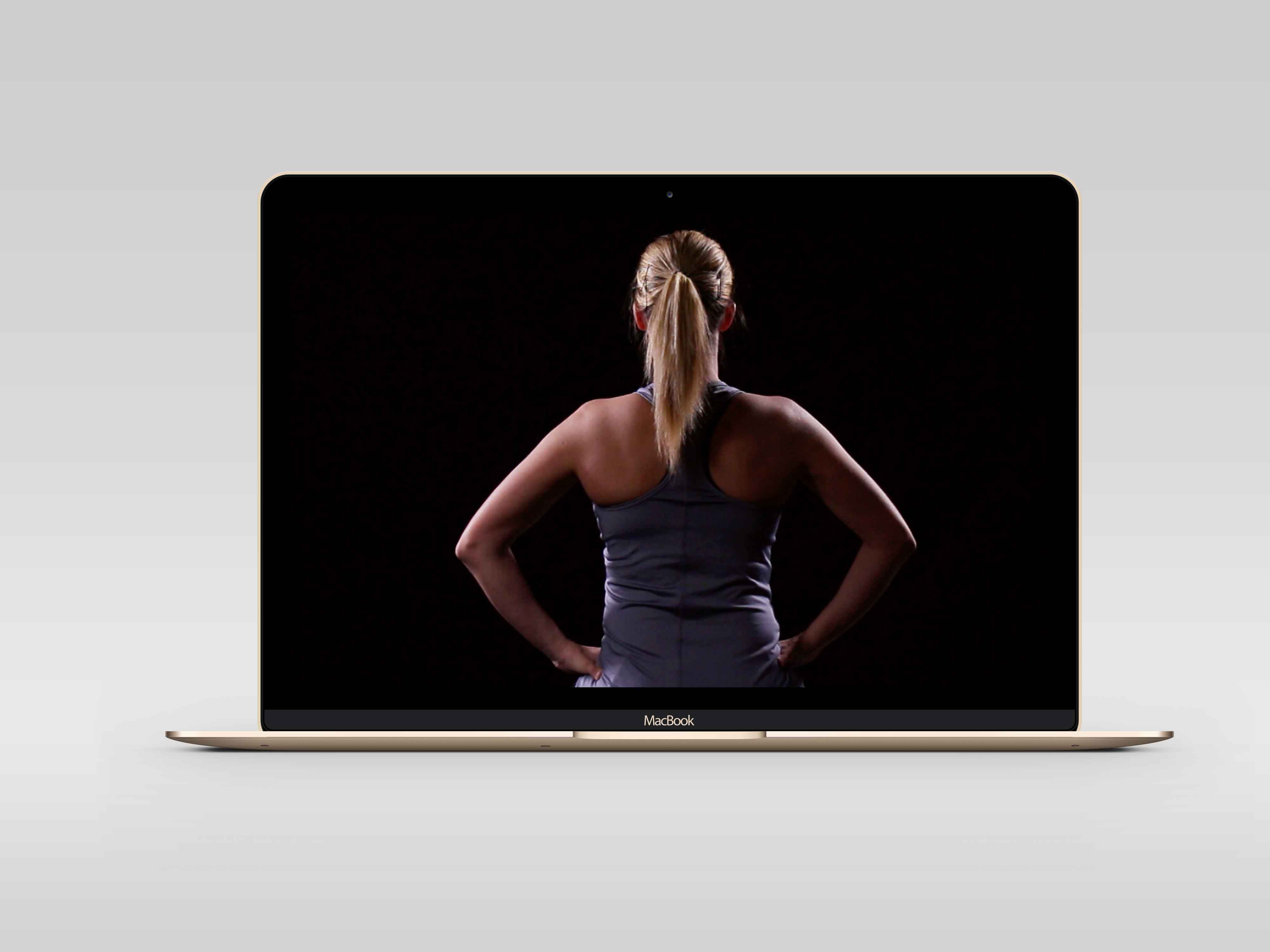 For information on our online breathing course, visit here.
For information on our online breathing course, visit here.

Brett Jones is a Certified Athletic Trainer and Strength and Conditioning Specialist based in Pittsburgh, PA. Mr. Jones holds a Bachelor of Science in Sports Medicine from High Point University, a Master of Science in Rehabilitative Sciences from Clarion University of Pennsylvania, and is a Certified Strength & Conditioning Specialist (CSCS) from the National Strength and Conditioning Association (NSCA).
With over 20 years of experience, Brett has been sought out to consult with professional teams and athletes, as well as present throughout the United States and internationally.
As an Athletic Trainer who has transitioned into the fitness industry, Brett has taught kettlebell techniques and principles since 2003; currently acting as the Director of Education for StrongFirst. He has also taught for Functional Movement Systems (FMS) since 2006, and has created multiple DVDs and manuals with world-renowned physical therapist Gray Cook, including the widely-praised “Secrets of…” series and currently acts as an Advisory Board Member for FMS in the development of curriculum and instructors.
Brett continues to evolve his approach to training and teaching, and is passionate about improving the quality of education for the fitness industry. He is available for consultations and distance coaching by e-mailing him at appliedstrength@gmail.com. Follow him on Twitter at @BrettEJones.
Related Resources
Please login to leave a comment
1 Comments
-

Jackie Miller 9/5/2017 3:19:31 PM
Great information! Thanks Brett!

